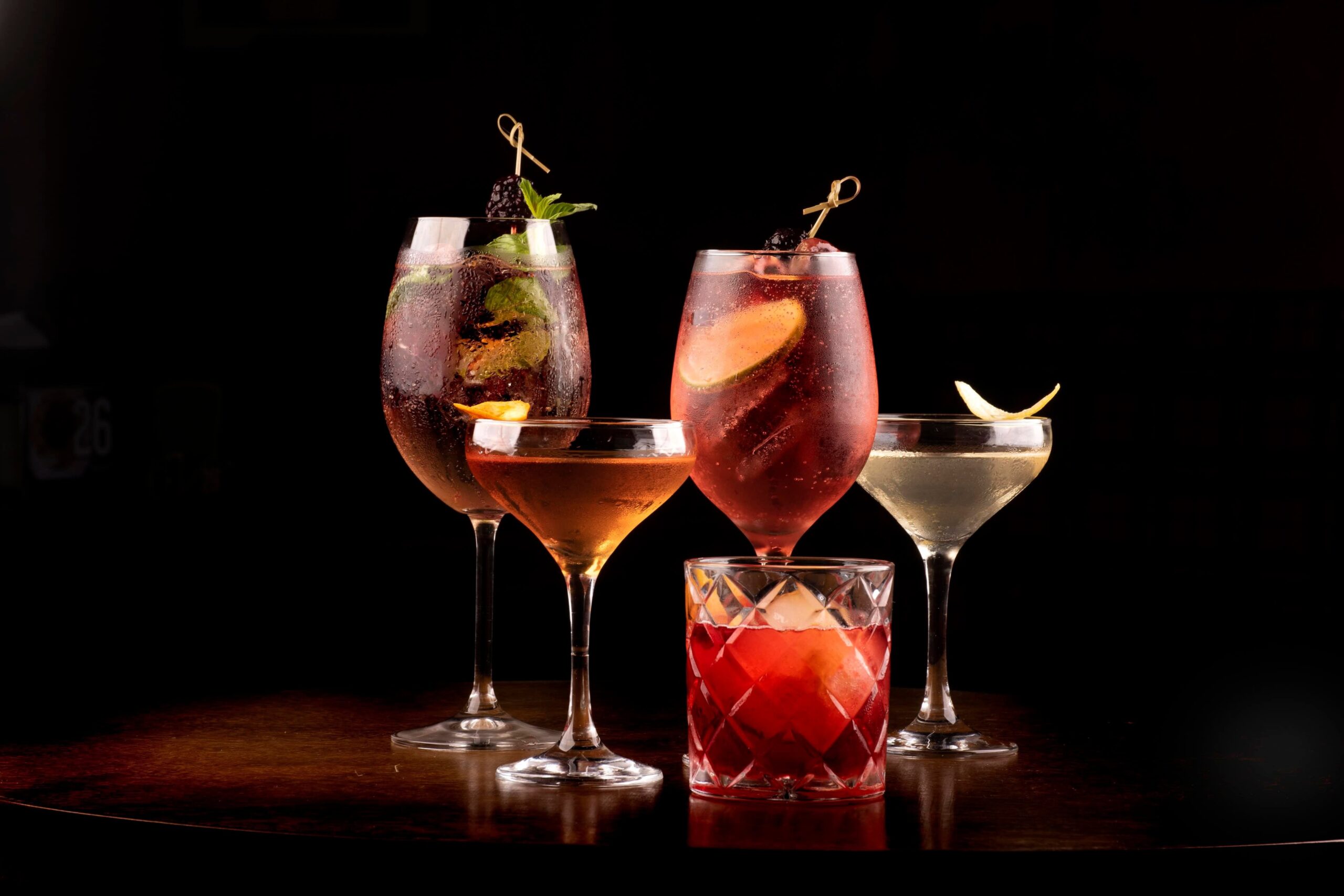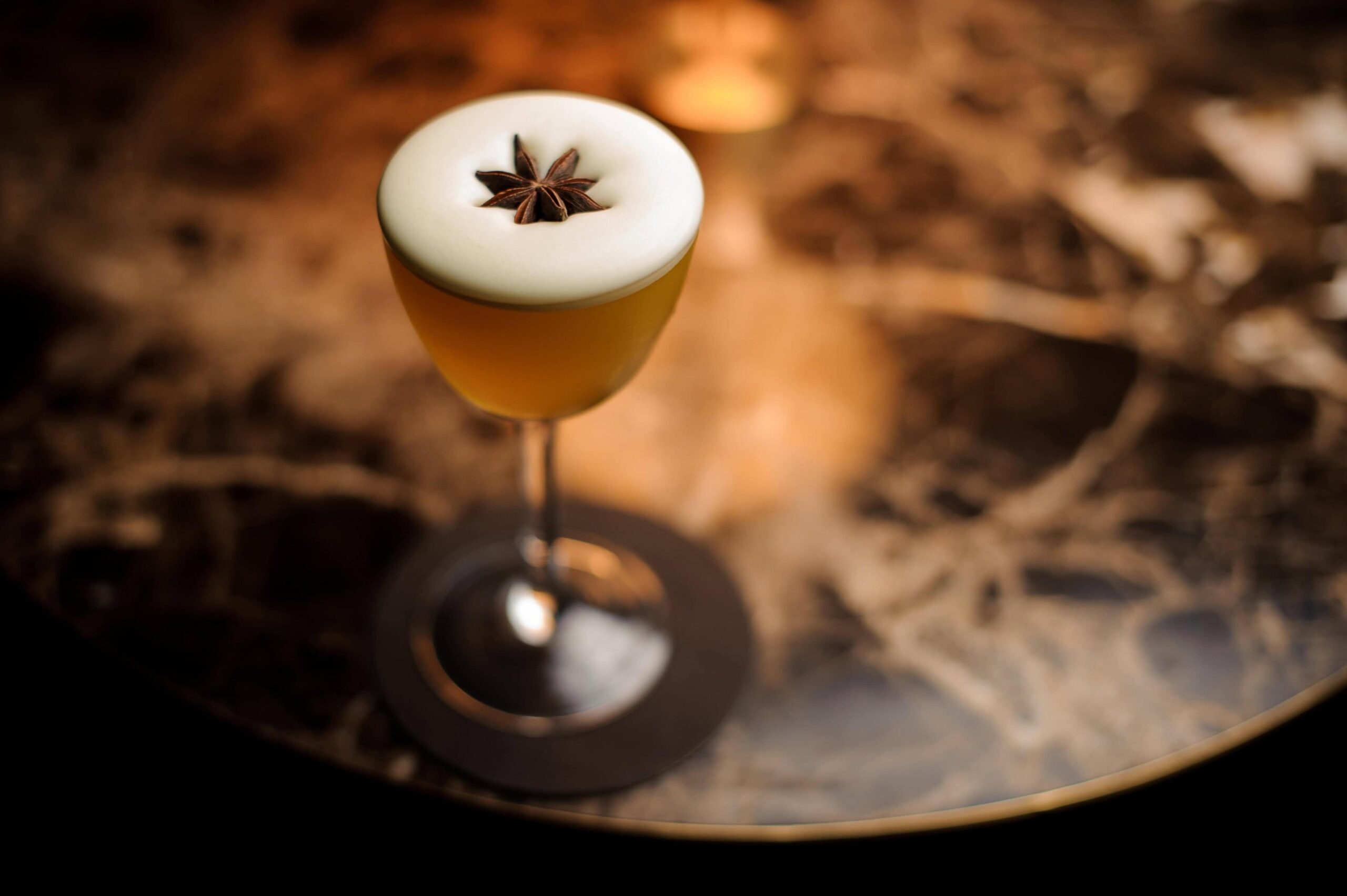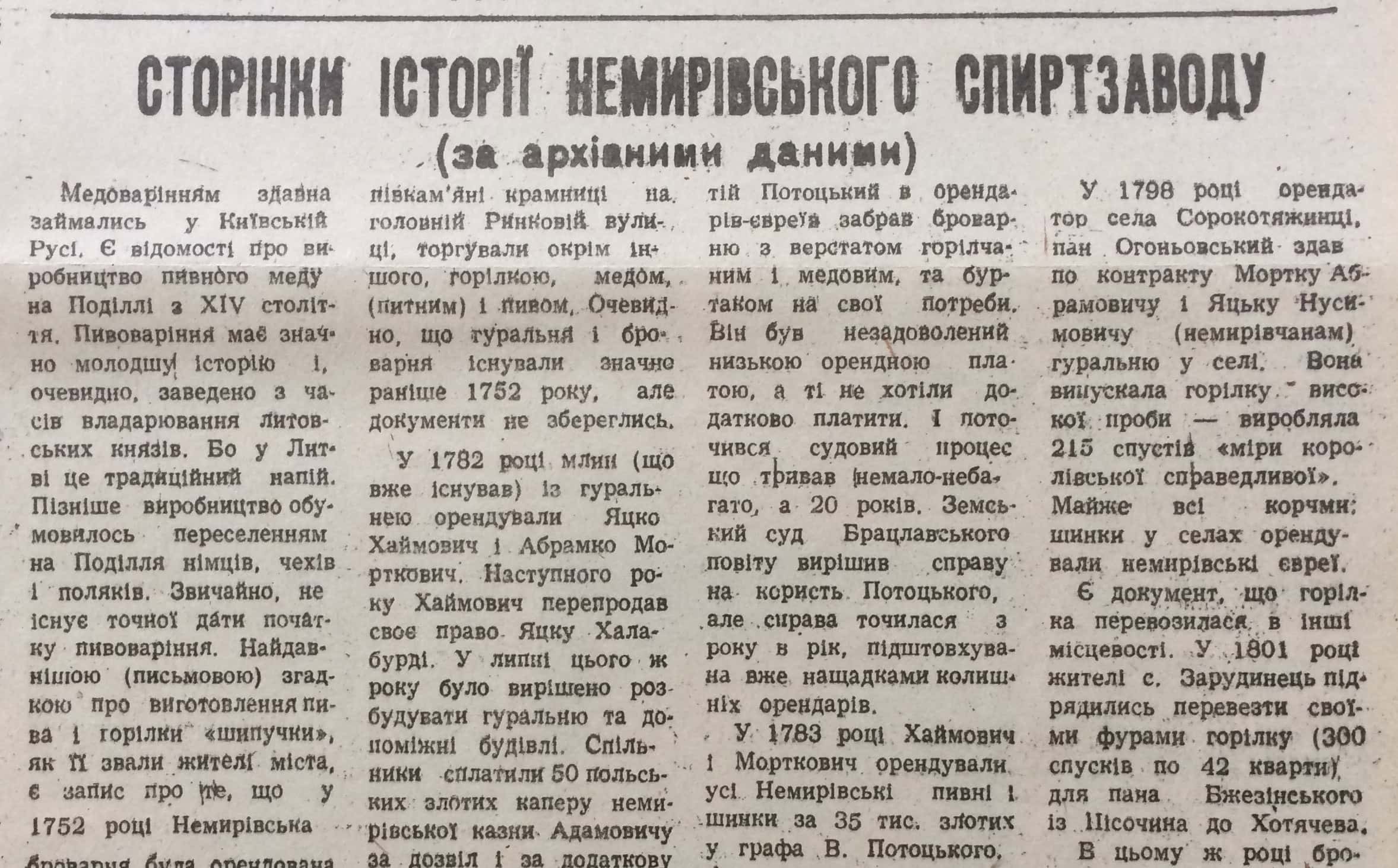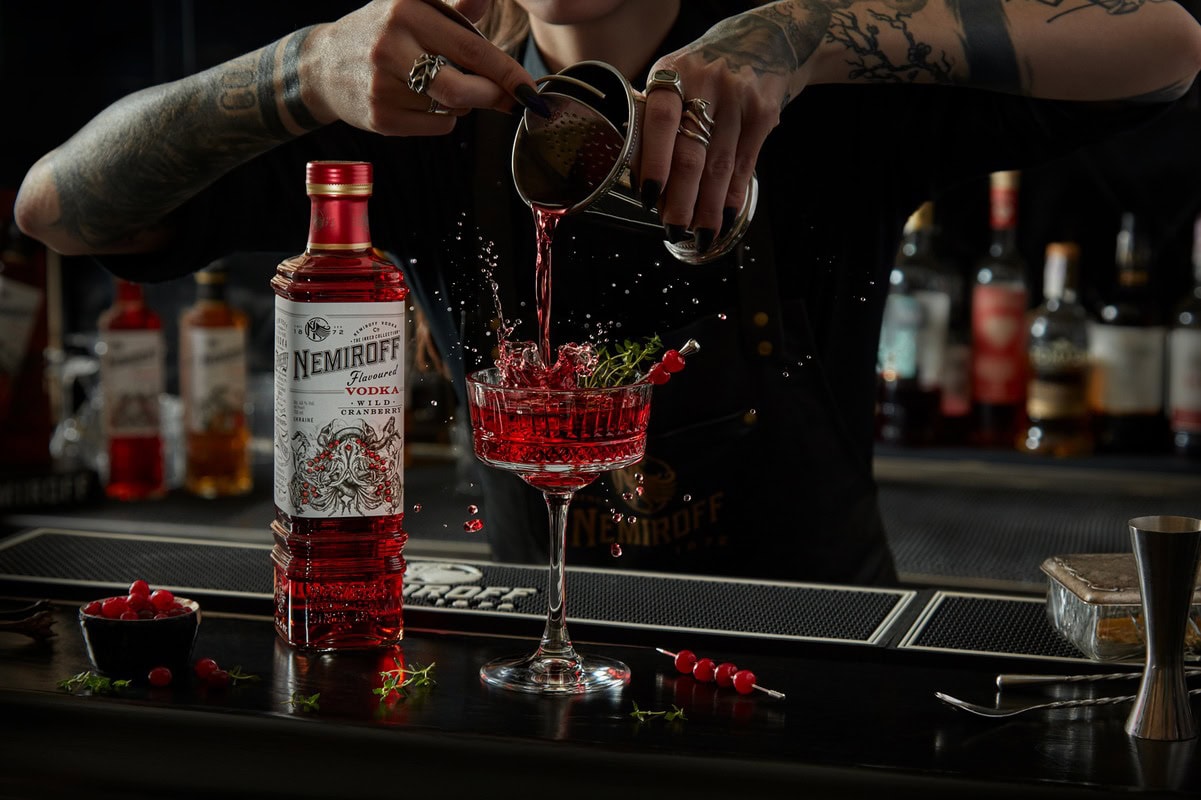Vodka is one of the most commonly used alcoholic ingredients in modern mixology. It has become the basis for many classic and signature cocktails thanks to its versatility, neutral taste and ability to combine with a wide range of ingredients.
That’s why it often appears in the best vodka drinks enjoyed around the world.
This article features a selection of the top vodka cocktails from global and local bar culture. It includes precise proportions, detailed preparation methods and serving suggestions.
These popular vodka recipes showcase both timeless classics and creative interpretations that remain favourites among mixologists.
Why Vodka Is the Ultimate Cocktail Base
Vodka is a basic ingredient in many mixes precisely because of its neutrality. It does not overwhelm the taste of other ingredients, allowing them to stand out. Thus, it is universal — it goes well with fruit, spices, liqueurs, juices, bitters and coffee.
This quality makes it ideal for creating the best drinks with vodka, no matter the season or occasion.
Another advantage is the variety of products available. For example, Nemiroff De Luxe is ideal for classic cocktails, while flavoured varieties are perfect for experimentation. It explains the great number of popular vodka cocktails, which have remained at the top of the charts for decades.
Such diversity allows bartenders to craft the best drinks to mix with vodka and highlight its purity through different flavour combinations.
Our Top 5 Vodka Drinks
There are five recognised classics and modern variations that best demonstrate how versatile vodka can be in cocktails. Among the mixes are drinks with citrus notes, spicy character, berry brightness, and even espresso. All recipes are time-tested and have a distinct identity, which is why they are included in the list of best drinks to mix with vodka.
Vodka Martini
A model of mixological precision, where each component works to create a refined, harmonious taste. Vodka Martini has a clean profile with a balance of bitterness, freshness and smoothness. This blend has made it the benchmark for vodka cocktails, where even the smallest details play a key role.
It consistently ranks high in any vodka drinks ranking and is often considered the definition of elegance among top vodka cocktails.
Ingredients:
– 60 ml of Nemiroff De Luxe;
– 10 ml of dry white vermouth;
– 10 ml of Lillet Blanc;
– 5 ml of Orange Bitter;
– 1 ml of grapefruit zest.
ABV: 33%.
The mix is served in a pre-chilled glass with a long stem to maintain the temperature of the drink. The classic garnish — an olive or a strip of grapefruit peel — not only adds aesthetic appeal but also emphasises the aftertaste.
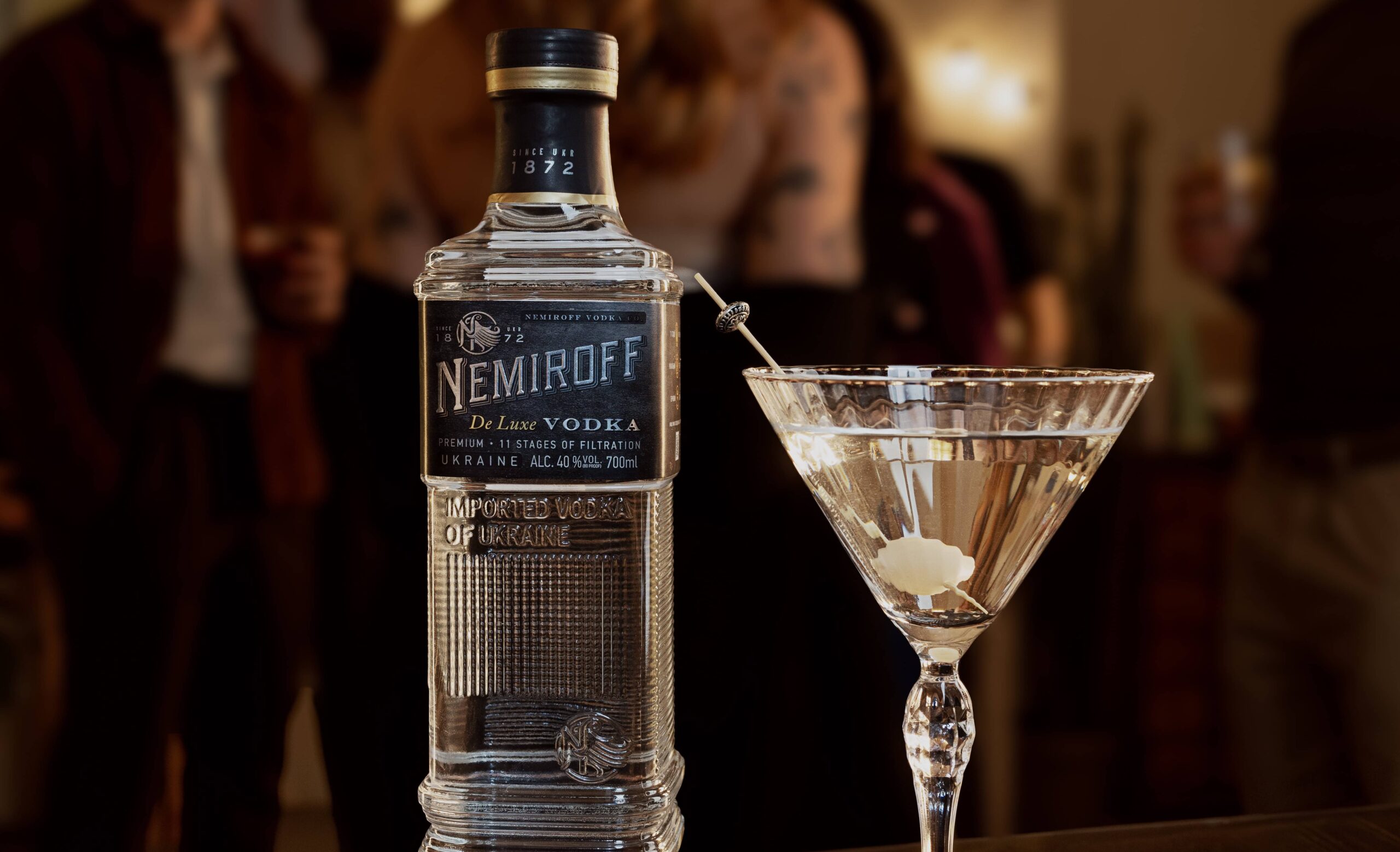
Ukrainian Mule
An author’s interpretation of the classic Mule, combining the berry richness of cranberry with citrus freshness and a spicy sparkling accent. Nemiroff The Inked Collection Wild Cranberry forms the basis of the drink, adding a bright character and balancing the light sweetness of raspberry with the sparkle of ginger.
Ingredients:
– 50 ml of Nemiroff The Inked Collection Wild Cranberry;
– 20 ml of fresh lime juice;
– 6 ml of raspberry jam;
– 100 ml of ginger ale;
– ice cubes.
ABV: 12%
Ukrainian Mule is traditionally served in a Highball glass filled with ice. A sprig of mint and a few cranberries or raspberries are used as decoration to emphasise the berry profile and add a colourful accent. You can also decorate it with a slice of lime or orange on the rim of the glass. Thanks to the harmonious combination of fruity, berry and spicy notes, the cocktail has a fresh, multi-layered and distinctive taste profile.
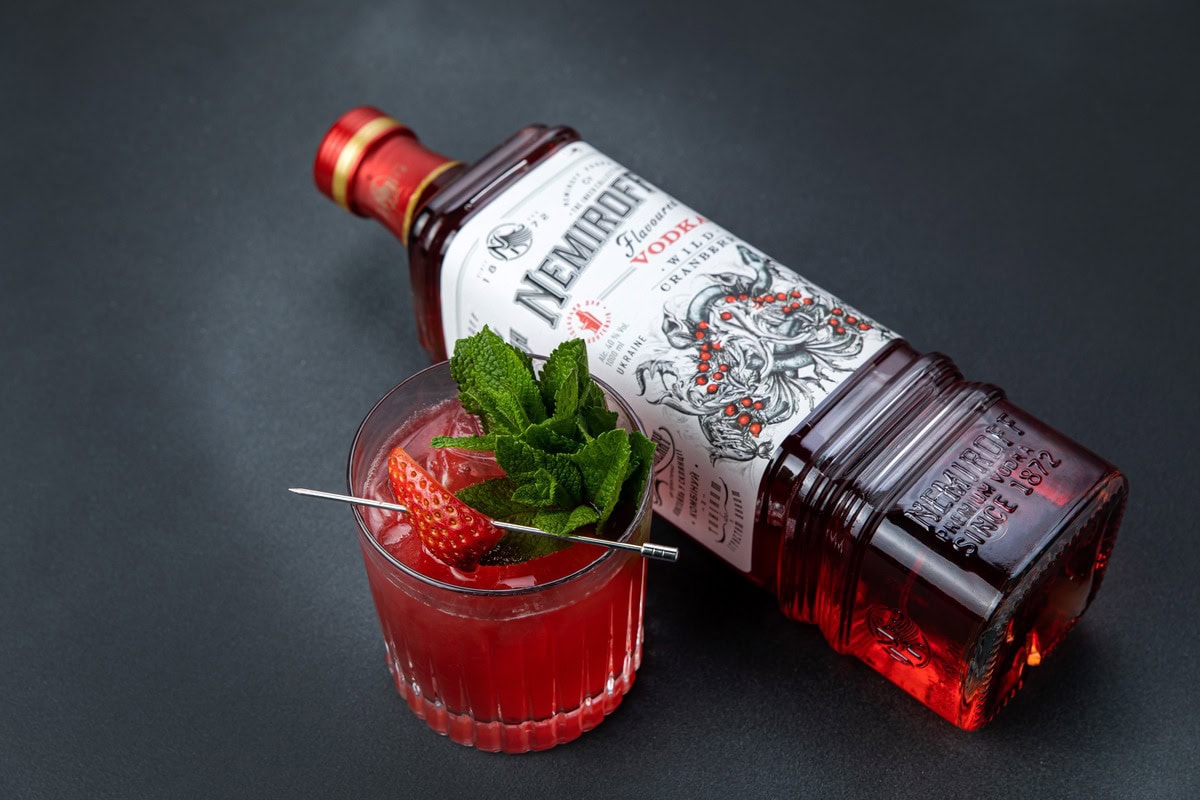
mule cocktail
Spicy Negroski
An original interpretation of the classic Negroni, where Nemiroff De Luxe vodka adds purity and strength to the drink, combining with the bitterness of Campari, the sweetness of cherry liqueur and the spiciness of orange bitters. This cocktail has a rich, multi-layered profile with a distinct balance between bitter, sweet and fruity notes.
Ingredients:
– 30 ml of Nemiroff De Luxe;
– 30 ml of Campari;
– 30 ml of red vermouth;
– 10 ml of Heering Cherry liqueur;
– 1 ml of orange bitters.
ABV: 27%.
Spicy Negroski is traditionally prepared in a mixing glass with ice, thoroughly stirring the ingredients with a bar spoon. It is served in a low, chilled glass (Old Fashioned) through a strainer. For aroma and spectacular presentation, orange zest is used to squeeze essential oils over the drink. An additional accent is added by amarena cherries and burnt orange peel, which create visual and taste drama.
Fall Sour
An autumn variation on the classic sour, where fruity notes are combined with a hint of cinnamon spice. Nemiroff vodka gives the drink a characteristic orange accent, which harmoniously intertwines with the sourness of lemon and the delicate texture of egg white. The result is a cocktail with a soft, balanced profile, associated with the warmth and cosiness of the autumn season.
Ingredients:
– 60 ml of Nemiroff The Inked Collection Bold Orange Vodka;
– 20 ml of fresh lemon juice;
– 15 ml of cinnamon syrup;
– 20 ml of egg white.
ABV: 21%.
Fall Sour is prepared in a shaker, where vigorous shaking ensures uniformity and a silky foam. The drink is served in a chilled glass with ice. Grated chocolate and star anise are used for decoration — they add aromatic depth and visual expressiveness. This decor emphasises the gastronomic nature of most popular vodka drinks and makes it a special element of evening service.
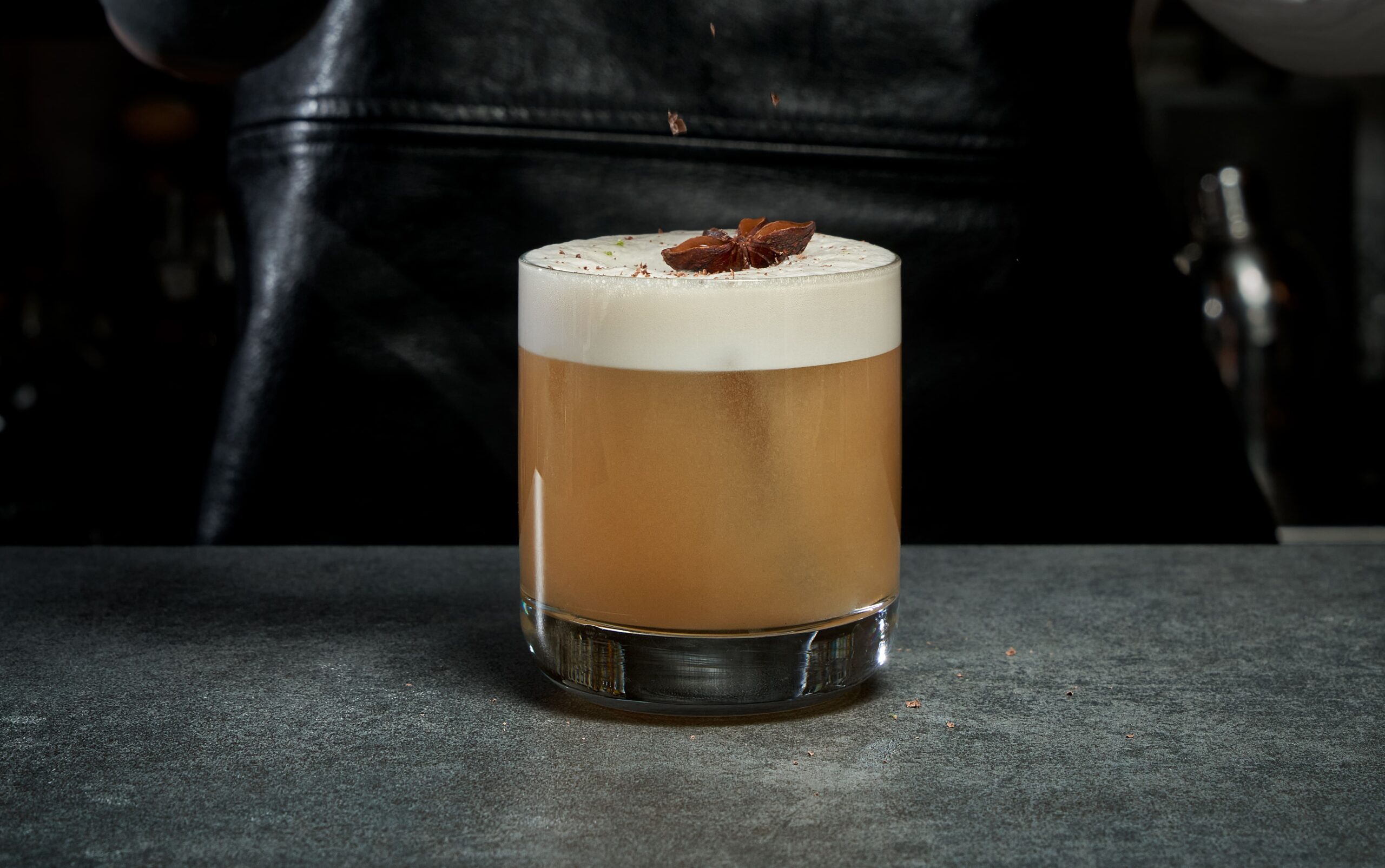
Wild Cranberry Spritz
A light and festive interpretation of the classic spritz with a distinct berry accent. Nemiroff The Inked Collection Wild Cranberry vodka creates a vibrant base that combines sweet and sour cranberry notes, delicate floral notes and the light freshness of mint. Sparkling wine adds a sparkling texture to the cocktail, while citrus provides balance and a harmonious aroma.
Ingredients:
– 50 ml of Nemiroff The Inked Collection Wild Cranberry;
– 100 ml of non-alcoholic rosé sparkling wine;
– 1 slice of lemon;
– 4 mint leaves.
ABV: 13%.
Wild Cranberry Spritz is traditionally served in a glass half-filled with ice. A thinly sliced lemon wedge and mint are added to the glass to create an aromatic background. Then vodka and pink sparkling wine are poured in, gently stirred with a bar spoon. The drink is garnished with fresh mint leaves, which enhance its herbal notes and add visual appeal. This is a cocktail with a summery character and a fresh berry and citrus profile.
How to Customize Your Vodka Cocktail
The versatility of vodka allows for experimentation. Thanks to its neutral taste, it blends well with a wide range of ingredients, allowing you to create your own mixes that highlight seasonality, mood or individual tastes.
Fruit Infusions
Fruit infusions are one of the easiest ways to diversify your vodka cocktail favourites. Popular recipes often use orange peel, cranberry, pear or mango to infuse vodka. These ingredients create a rich aroma without the need for aromatics.
The infusion lasts 3–5 days in an airtight container at a temperature of 5–10 °C. During this time, the vodka gradually becomes saturated with the colour, aroma and subtle taste of the fruit. It is important to strain the infusion before use to ensure that the drink remains clear and balanced.
House-made Syrups and Bitters
Homemade syrups are one of the best ways to give top vodka cocktails character and depth. They are made from equal parts sugar and water, to which spices, herbs or fruits are added. For example, ginger syrup adds spice, mint syrup refreshes the composition, lavender syrup creates a delicate floral base, and chilli syrup adds a spicy accent.
Bitters are concentrated alcohol-based infusions made with herbs, bark, spices or citrus peel. They are not necessary in every recipe, but they can dramatically change the perception of a drink. For example, a few drops of bitter bitters will enhance the complexity of a cocktail such as the Nemiroff Negroski without overpowering the base tastes.
These techniques allow you to expand the boundaries of even the most iconic popular vodka cocktails — without changing the base, but with a completely different experience.
Tips for Serving and Garnishing
In addition to the recipe, the glassware and presentation play an important role in the perception of a cocktail. Proper serving helps to emphasise both the taste and aesthetics of the drink, making it complete.
Glassware Choices
A properly selected glass not only affects visual perception, but also the aroma, temperature and texture of the drink. In the field of vodka cocktail favourites, the shape of the glassware is often dictated by the recipe and serving method:
– Martini Glass — a classic choice for chilled mixes without ice, such as Vodka Martini or De Luxe Espresso. The wide opening at the top allows the nuances of the aroma to unfold, while the stable shape keeps the temperature from warming up from your hands.
– Highball Glass — a large glass for drinks with a lot of juice, soda or tonic, such as Screwdriver. Ideal for popular vodka cocktails with a light and fresh texture.
– Collins Glass — the elongated shape makes it convenient for carbonated ingredients and large amounts of ice. Used for cocktails such as Honey Pepper Mary, which contain several ingredients and have a rich vegetable or spicy profile.
– Old Fashioned Glass — a short, sturdy glass for drinks served on ice, especially those with a bitter or complex base, such as Nemiroff Negroski. Its shape helps control the temperature and maintains balance in stronger mixes, which often feature in vodka drink rankings.
Combined with the right ice and garnishes, the glasses are not only aesthetically pleasing but also functional — an important feature for top vodka cocktails in professional and home bars.
Ideal Garnishes
Decorations in cocktails are not just a visual touch. Garnishes add aroma, texture, enhance the profile of the drink and create context. In the world of popular vodka recipes, the right presentation can transform a familiar mix into a successful gastronomic experience.
– A slice of fresh fruit (pear, apple, grape) is a great idea for cocktails based on infusions, fruit syrups or natural juices. For example, combining pear or grapes with cranberries creates a multi-layered aroma. These combinations are often found in popular vodka cocktails with a soft, harmonious profile.
– Spices and herbs — a sprig of thyme, rosemary or mint makes the mix fresher and more complex. They go well with the best vodka drinks with citrus, ginger or floral elements, especially in Mule or Spritz interpretations.
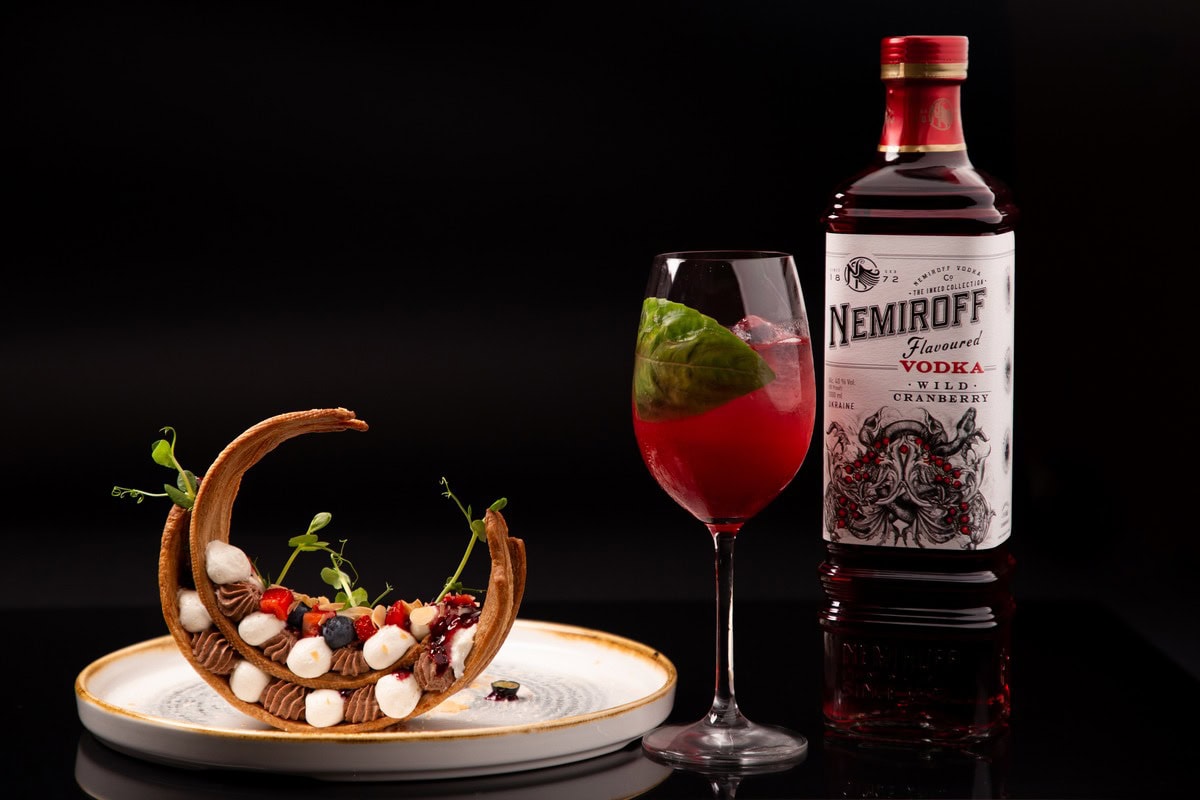
– Caramelised or dried elements — a piece of candied fruit, a slice of orange, dried cranberries. They add texture and colour and are appropriate in cocktails with bitter liqueurs or a dessert flavour.
– Salt or spice crystals on the rim of the glass are not only aesthetic but also provide a striking contrast to the contents. This approach is appropriate for spicy mixes or must-try vodka cocktails based on tomato, pepper or citrus syrup.
Presentation is also part of the taste structure. In top vodka cocktails, it carries both aesthetic and sensory significance. A successful garnish can not only decorate, but also enhance the perception of the recipe.
